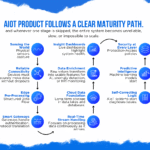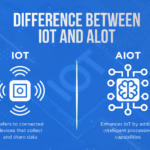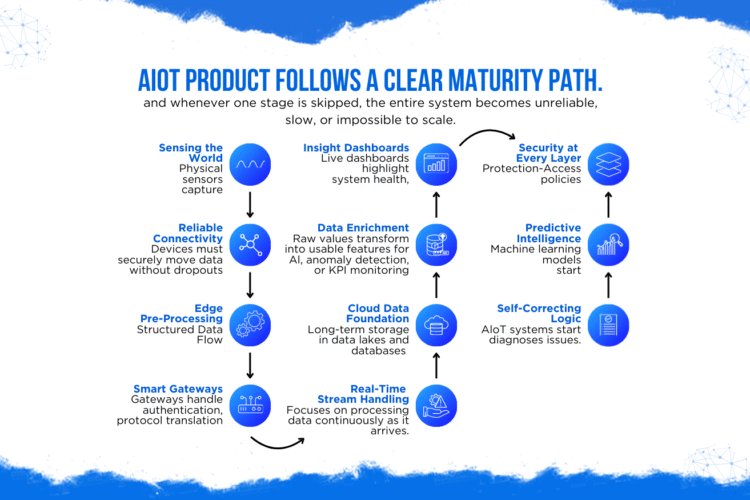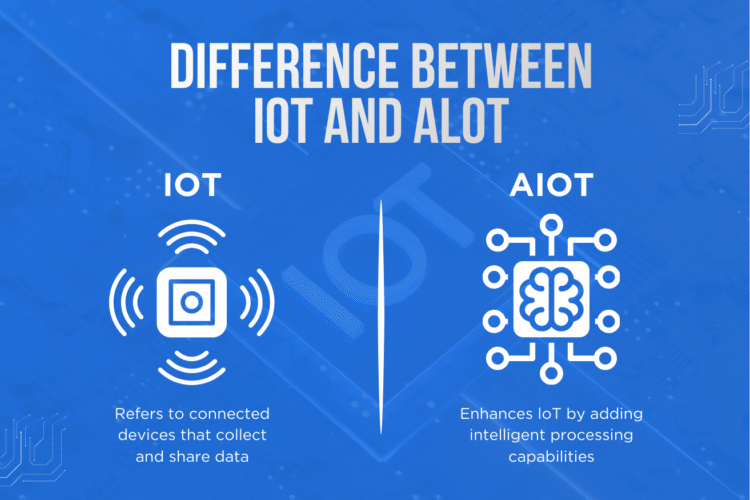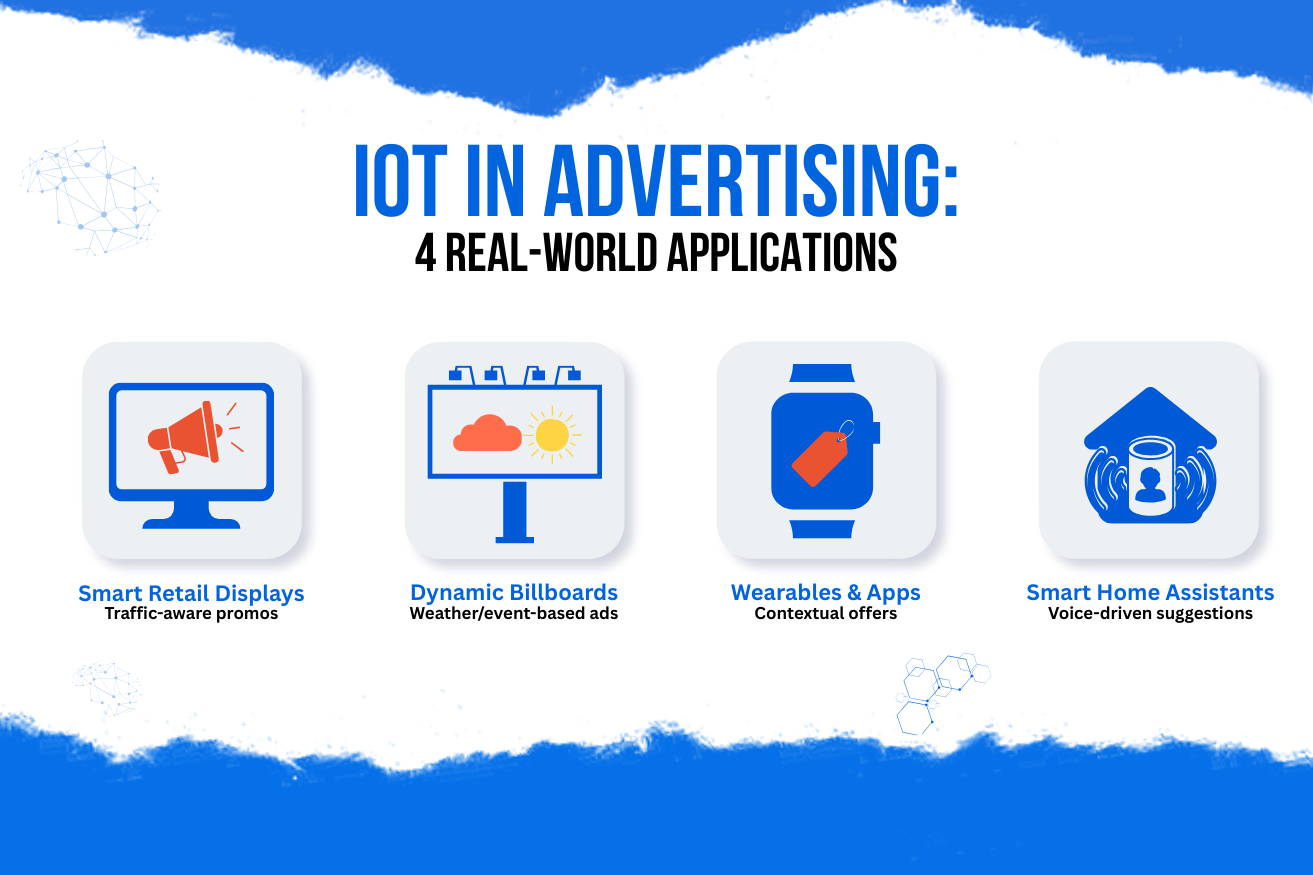
Advertising has evolved far beyond billboards and static banners. Today, IoT in advertising is enabling brands to deliver context-aware, dynamic, and interactive experiences that adapt in real time.
In this article, you’ll learn what IoT advertising means, how it works, real-world examples, challenges, and how to build ad campaigns that work at scale.
What Does IoT in Advertising Mean?
At its core, IoT in advertising uses networks of connected devices — sensors, smart objects, and gateways — to collect real-world data and adapt marketing messages based on context. While traditional advertising is one-sided, IoT-driven ads can react to environment, behavior, location, and device states.
Where many resources talk about using IoT to collect user preferences and target them (as Cogniteq describes), the real difference is in responsiveness — ads that change on the fly, campaigns that run autonomously, and user experiences that adjust to the moment.
Why IoT Is Redefining Advertising
From Passive to Responsive Advertising
Instead of pushing static ads and waiting, IoT allows campaigns to react — switching visuals or offers in response to traffic flow, temperature shifts, or real-time detection of audience presence.
Precision & Personalization at Scale
Devices can detect micro-moments: a wearable senses increased heart rate, or a retail aisle sees foot traffic increase. Ads tailored to these signals resonate more deeply.
Merging Physical and Digital Campaigns
IoT bridges billboards, in-store screens, wearables, and mobile apps into seamless campaign flows. Offline and online ad efforts align instead of competing.
Better Measurements & ROI
Unlike generic ad metrics, IoT gives insight into dwell time, conversions, and physical movement. This lets marketers optimize budgets in real time and reduce waste.
Real-World Use Cases of IoT in Advertising
Smart Retail Displays
Displays react to nearby customer behavior. Walk near a product and the shelf screen flips to highlight features or a related offer.
Dynamic Billboards & Outdoor Media
Billboards update in real time based on external data — such as showing cold beverage ads when temperature spikes, or adjusting messaging when traffic slows.
Wearables & Multi-Device Offers
Wearables can prompt context-aware ads (e.g., hydration reminders), while smartphones display complimentary content — creating cross-device campaign synergy.
Voice & Smart Home Recommendations
Advertisements emerge within smart home ecosystems. For example: a voice assistant might suggest products based on daily routines or sensor data.
Ambient & Experiential Ads
Sensors in public spaces detect motion, volume, or crowd direction, and trigger immersive content (light, audio, visuals) to capture attention.
Compared to typical lists (like the 5 use cases in Cogniteq’s blog), these examples emphasize multi-modal interaction and live adaptability as differentiators.
How IoT Advertising Works — Technical Flow
Sensing & Edge Processing
Sensors (motion, proximity, environment) collect data. Lightweight compute modules analyze signals locally, filtering what needs to be sent to the cloud.
Connectivity & Messaging
Communication uses BLE, Wi-Fi, LoRa, or 5G. Event-driven protocols like MQTT or WebSockets carry small, timely updates.
Cloud & Campaign Decision Logic
Data flowing to the cloud is used by campaign engines and ML models to decide when and what ad content to push to devices in the field.
Ad Delivery & User Interface
Finally, ads are delivered via digital signage, mobile apps, smart displays, or voice systems in a way that feels seamless to the end user.
Challenges & Best Practices
- Privacy & Consent: Advertisers must ensure clear opt-ins, transparency, and data anonymization.
- Security: Every connected device can be an attack vector. Use encryption, secure boot, firmware updates, and access controls.
- Latency vs Cost Trade-Offs: Decide what decisions occur on the device and what goes to the cloud.
- Reliability & Fault Handling: Design for network failures, sensor errors, and fallback logic.
- Scalability & Device Management: Tools for OTA updates, health monitoring, error logging, and remote maintenance are essential.
Why MetaDesk Global Is Your Partner for IoT Advertising
We don’t just consult — we build full-stack systems. Our strengths include:
- Low-power firmware design and sensor integration
- Support for BLE, LoRa, 4G/5G connectivity
- Rugged hardware and enclosures for in-field deployment
- Campaign engines and UI integration (mobile, signage, voice)
- Secure, scalable architectures built to maintain over time
When you move beyond the buzzword and want real IoT-powered ad campaigns, we have the experience to deliver.
Conclusion
IoT in advertising is not just a trend — it’s a shift in how brands communicate with real-world context. By combining sensing, connectivity, edge logic, and seamless delivery, advertisers can transform messaging from passive to responsive.
If you’re ready to design campaigns that adapt in real time, let’s talk. MetaDesk Global can help you build the infrastructure, logic, and creative delivery to bring IoT-powered advertising to life.
👉 Contact us to explore your IoT advertising possibilities.

